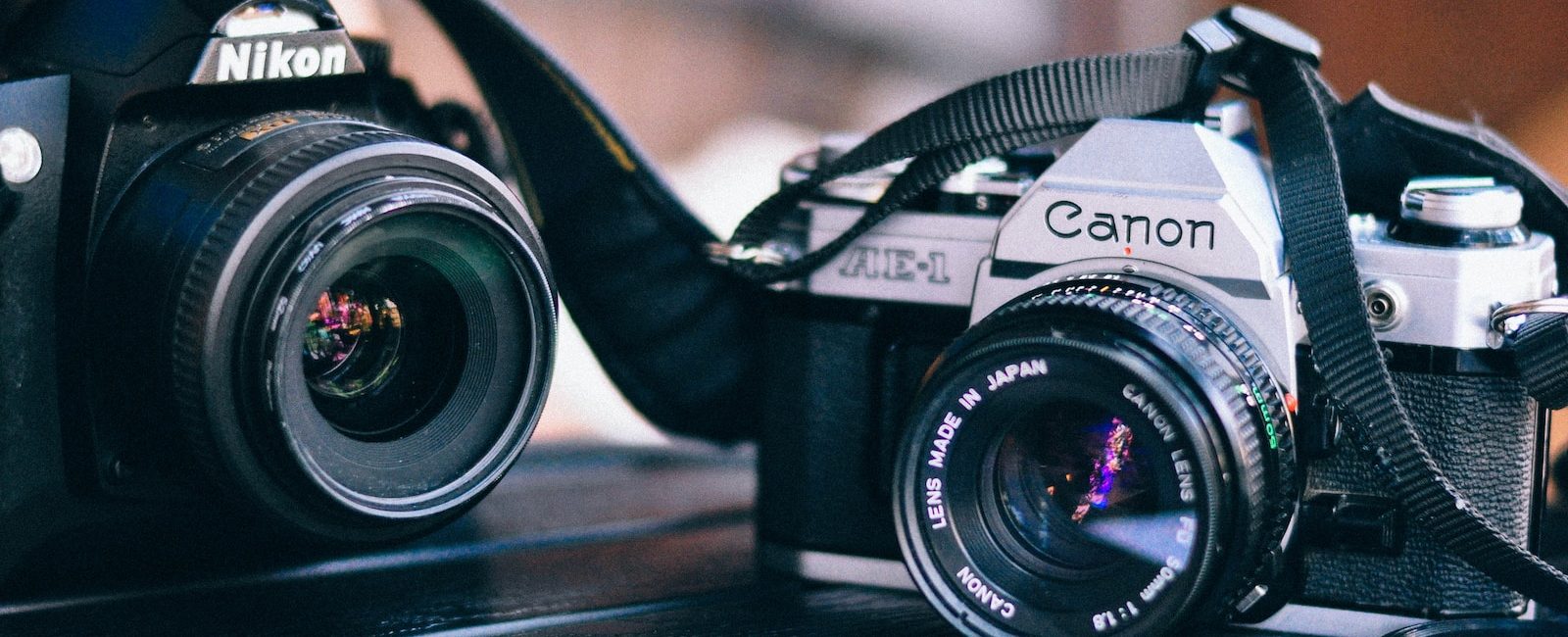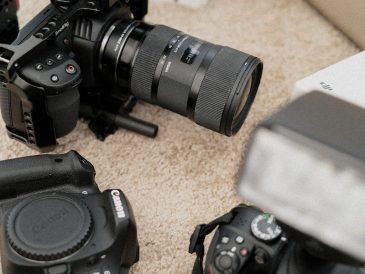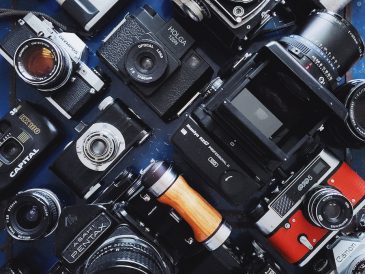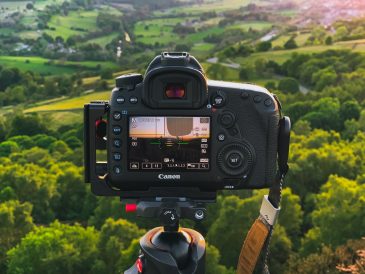The evolution of photography tools has seen a tremendous journey, starting from the camera obscura to the introduction of 35mm film and arrival of modern cameraphones. As time progresses, our understanding and utilization of imaging technology advances, compelling manufacturers to continually innovate and cater to the changing requirements of photographers. Although new cameras are regularly launched, most of them only offer minor enhancements and fail to make a significant impact in history. However, there are a handful of cameras that truly changed the game, revolutionizing the industry and earning a lasting legacy in the world of photography.
Here are seven cameras that have taken the opposite route, leaving an indelible mark on the industry and sparking discussions even today due to their immense contributions to the art and craftsmanship of photography.
Leica I — 1925

Back in 1925, the way people took photos changed immensely when Leica unveiled a groundbreaking camera. Before that, people still used large glass plates to capture images. However, Leica had a brilliant idea. They took 35mm motion picture film, turned it sideways, and put it into a handheld camera. Although it wasn’t the first 35mm camera, the Leica I revolutionized and refined the format to make it more practical. Suddenly, high-quality photographs could be captured using a small camera that could fit in your pocket. This innovation opened up new possibilities in the field of photography. As a result of the introduction of the Leica I, the 35mm format became highly popular, and Leica became a synonymous brand in the realm of street photography.
“With the launch of the Leica I, photography took a leap forward, forever changing the way we capture our world.”
Nikon F — 1959
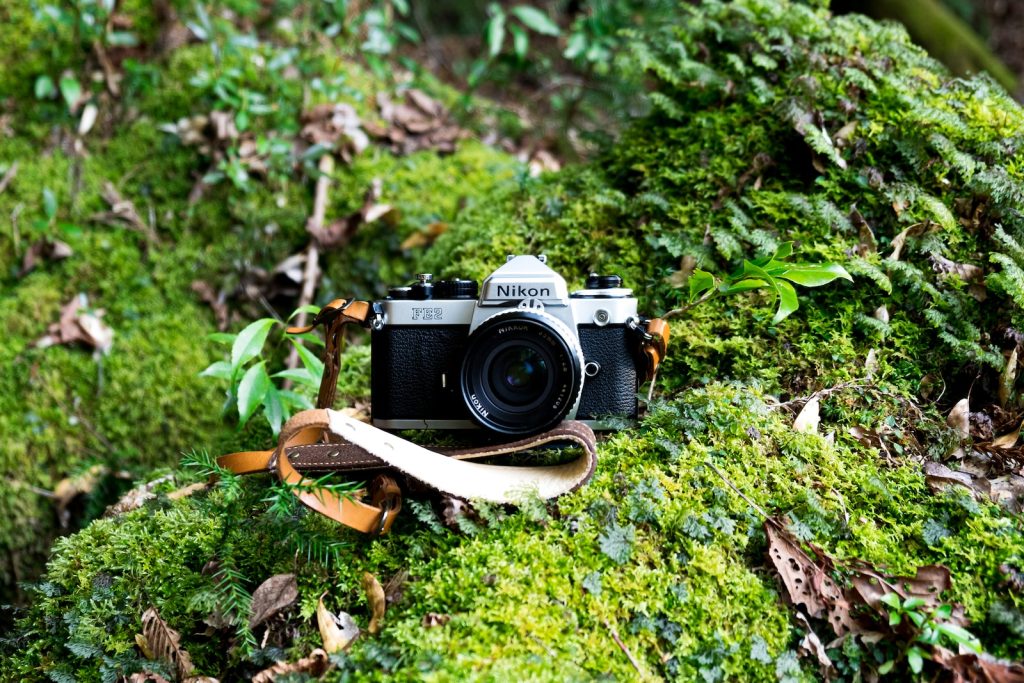
Back in April of 1959, Nikon made a big splash in the camera world by unveiling their very first SLR (single-lens reflex) camera, cleverly named the Nikon F. While other companies had already introduced similar features in their own cameras, like the pentaprism viewfinder, instant return mirror, and interchangeable lenses that could be attached with a bayonet mount, Nikon took it to the next level by bringing all of these elements together in a single product that was truly groundbreaking. This camera surpassed anything that had been seen or used before in the industry. The Nikon F proved its worth over time, as it remained in production until 1973 and was enthusiastically embraced by photojournalists across the globe. Even in extreme situations, this camera stood the test of time. Don McCullin, a renowned photojournalist, captures its durability in one remarkable instance when his Nikon F absorbed a bullet impact during the Vietnam War, potentially saving his life. Modified versions of the camera were also utilized in space expeditions, including its presence aboard the Skylab space station in the early 1970s.
Despite its age, the M-F249 is still having a big influence on modern cameras – especially Nikon DSLRs that differ so polar-ward to the models of its time-period. The creation of their proprietary F-mount stands out as one of the prominent contributions that continue to shape the cameras we use today.
Kodaks First Camera
Back in 1975, Steven Sasson, an electrical engineer working for Eastman Kodak, made a groundbreaking discovery. He developed the first-ever portable digital camera. This invention was built upon the earlier work of Bryce Bayer, another Kodak employee who created the Bayer filter sensor. The sensor allowed the camera to capture red, green, and blue light. To give you an idea of how far technology has come, Sasson’s camera weighed around eight pounds and had a resolution of only 0.01 megapixels. It could only snap photos at a measly 100 x 100 pixels. While the camera was never commercially available, it served as a springboard for other companies to enter the digital camera market. Apple, always at the forefront of innovation, released the consumer-level Apple QuickTake in 1994, making digital photography more accessible to the general public. And when it comes to the first DSLR (digital single-lens reflex) camera, the credit belongs to Fujifilm and their FinePix S1 Pro, which debuted in November 2001.
Despite Kodak’s success in selling film during that time, it failed to fully capitalize on its groundbreaking digital camera invention. However, it paved the way for all the digital cameras we use today.
In 1975, Steven Sasson, an engineer at Eastman Kodak, created the first portable digital camera. Sasson’s camera, weighing eight pounds, had a resolution of 0.01 megapixels. Although it was not sold to consumers, it inspired other companies like Apple to develop digital photography technology.
Canon AE1
Back in 1976, something huge happened in the world of cameras. The Canon AE-1 came into the scene and completely changed the game. It was different for two very important reasons. First of all, it was the very first SLR camera to have a microprocessor. This fancy gadget allowed for cool features like automatic exposure. It was like having a personal assistant in a camera. Second, the Canon AE-1 was crazy popular. People went nuts for it! Thanks to some clever advertising, Canon managed to sell over one million units. That was a record-breaking number at that time. The AE-1 was a pioneer of the electronic SLR era, and it stood out because it used plastic and modular construction. Not only did this help reduce costs, but it also made the camera perfect for beginners and people who took pictures casually. Oh, and in case you were wondering, in 1981, Canon released an upgraded version called the AE-1 Program. This new model had a fully-automatic exposure mode. This meant that it could set both the aperture and shutter speed, giving photographers even more freedom and ease of use. Just a little fun fact before we move on: the AE-1 used Canon’s FD lens mount, but that would later change with the arrival of the first EOS SLR in 1987 when they introduced the EF mount. Exciting stuff, isn’t it?
The First iPhone
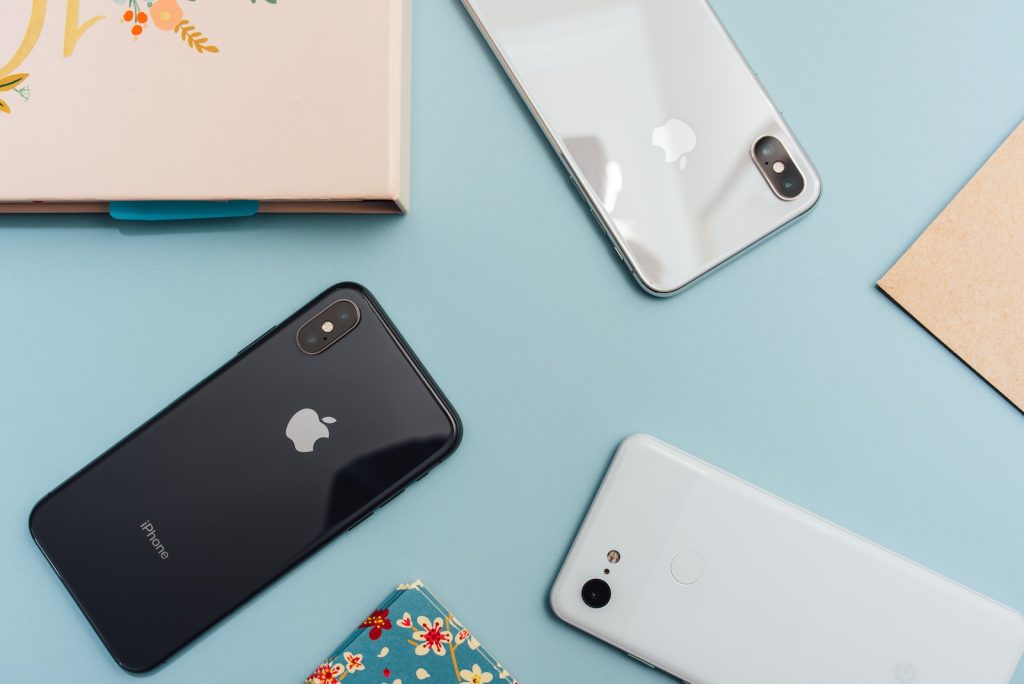
When the iPhone was first introduced by Apple in 2007, its camera capabilities were quite limited – it couldn’t even record videos. However, over time, Apple improved both the hardware and image processing, leading to the impressive three-camera system found on the iPhone 11 Pro today. Surprisingly, it wasn’t just the hardware that made the iPhone a popular choice for photography, but rather the software. With the introduction of apps like Instagram (initially limited to iOS), people started taking and sharing photos instantly using the same device. This shift had a profound impact on both photography and social media, and even gave rise to the annual iPhone Photography Awards that celebrate outstanding work from all over the world.
Interestingly, the success of the iPhone as a camera extended beyond everyday users. In 2011, photojournalist Michael Christopher Brown used an iPhone to document the war in Libya. Additionally, the iPhone has become a popular tool in street photography, and its devoted following has even coined a term for iPhone photography – iphoneography.
Canon EOS 5D
For over a decade, the Canon EOS 5D series has been a key part of Canon’s professional camera lineup. Out of all the models, the 5D Mark II, released in 2008, stands out as legendary. It was the first time Canon introduced a video mode to a DSLR, offering full HD resolution at 1080p and 30 frames per second. A firmware update later added support for 24 fps, thanks to customer feedback. This combination of full HD, a large full-frame sensor, and interchangeable lenses made high-quality video accessible to more people than ever before, at a significantly lower cost. Independent filmmakers rushed to get their hands on the Mark II, leading to the emergence of an entire industry of accessory makers offering rigs, follow focus systems, sliders, and lightweight support gear. In fact, one could argue that the Mark II’s success with filmmakers prompted Canon to venture into dedicated cinema cameras a few years later.
Today, video has become a standard feature in almost every new DSLR and mirrorless camera. Canon may no longer be the standout leader in this area, but the EOS 5D Mark II paved the way. The fact that it was also an impressive still camera with a high-resolution 21-megapixel sensor was merely an added bonus.
Sony A7
When it comes to mirrorless cameras, the Sony A7 made a significant impact in the ongoing discussion about DSLRs versus mirrorless. While it wasn’t the very first mirrorless camera (that distinction goes to the Epson RD1), it did change the game. What set the Sony A7 apart was its full-frame sensor, the same size as those found in high-end DSLRs. This was a breakthrough moment for many professional photographers who began to see mirrorless as a viable alternative to the bulkier DSLRs they were used to. In fact, the A7, with its 24-megapixel sensor and lightweight body of 474 grams, was even named the camera of the year in 2013 by Digital Trends. This shift started to sway the photo industry and more photographers began to opt for mirrorless cameras, a move that was previously met with skepticism by professionals. It’s important to note that this shift prompted Canon and Nikon to follow suit and release their own full-frame mirrorless systems in 2018, as they had been losing significant market share to Sony.

